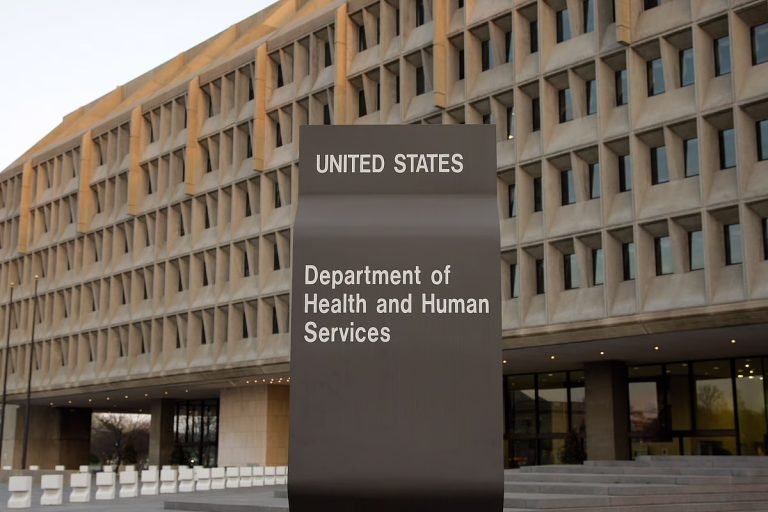The U.S. Department of Health and Human Services (HHS) has unveiled a major restructuring initiative titled “Make America Healthy Again,” marking one of the most significant federal health overhauls in recent memory. This transformation aligns with the White House’s broader Department of Government Efficiency (DOGE) Workforce Optimization Initiative, aimed at reducing bureaucracy and enhancing mission-driven operations.
As health systems evolve and public priorities shift, HHS is positioning itself for leaner governance, clearer accountability, and stronger impact.
What’s Changing Inside HHS?
At the heart of the restructuring is a dramatic reduction in workforce size and agency overlap. HHS will cut its total number of full-time employees from 82,000 to 62,000, with 10,000 layoffs occurring immediately. The rest will follow via voluntary retirement and attrition, aiming for $1.8 billion in annual savings.
Beyond headcount, the 28 internal divisions will be consolidated into 15, with shared services for HR, IT, procurement, and policy. This is meant to centralize operations and reduce duplication across programs.
What Is the New “AHA” Agency?
One of the most significant changes is the creation of the Administration for a Healthy America (AHA). This new umbrella agency will merge five major bodies:
- Office of the Assistant Secretary for Health (OASH)
- Health Resources and Services Administration (HRSA)
- Substance Abuse and Mental Health Services Administration (SAMHSA)
- Agency for Toxic Substances and Disease Registry (ATSDR)
- National Institute for Occupational Safety and Health (NIOSH)
AHA will focus on key public health areas such as maternal and child health, mental health, HIV/AIDS, workforce development, and environmental health.
How Will This Impact the CDC and Policy Oversight?
The Administration for Strategic Preparedness and Response (ASPR) will be moved under the Centers for Disease Control and Prevention (CDC) to strengthen its capacity to respond to public health threats and pandemics.
A new Assistant Secretary for Enforcement will also be appointed, tasked with overseeing the Departmental Appeals Board, Office of Medicare Hearings and Appeals, and Office for Civil Rights. This role will focus on combating fraud, waste, and abuse in federal health programs.
In another structural move, the Assistant Secretary for Planning and Evaluation (ASPE) will be merged with the Agency for Healthcare Research and Quality (AHRQ) to create a unified Office of Strategy, enhancing health policy research and evaluation.
What’s the Goal of This Overhaul?
According to HHS Secretary Robert F. Kennedy, Jr., this isn’t just about cost-cutting — it’s about redefining the department’s mission.
“We aren’t just reducing bureaucratic sprawl. We are realigning the organization with its core mission and our new priorities in reversing the chronic disease epidemic. This Department will do more — a lot more — at a lower cost to the taxpayer.”
This restructure sets the stage for a more focused, outcome-driven federal health system — one better prepared to address chronic diseases, health disparities, and modern public health challenges.
Source: U.S. Department of Health and Human Services


